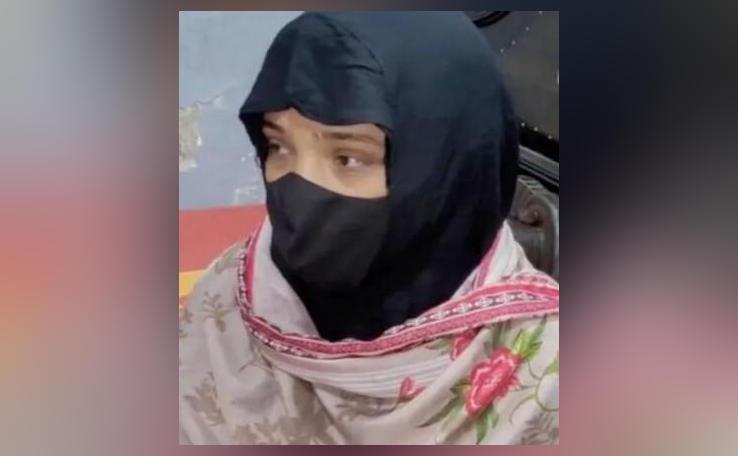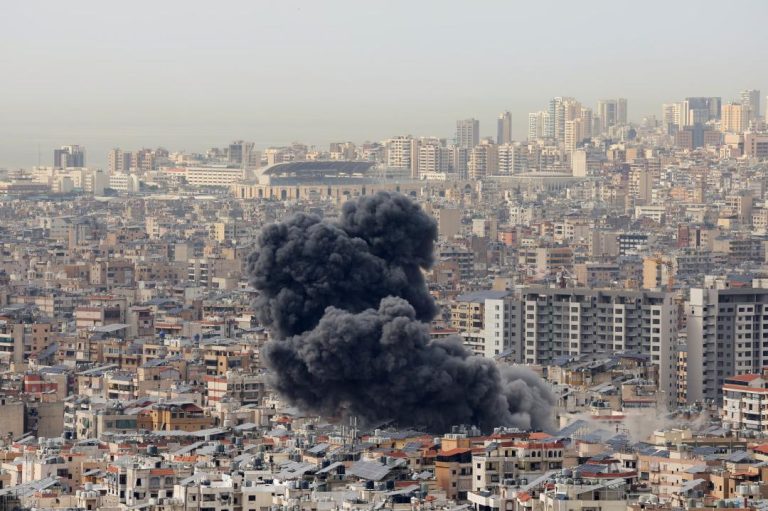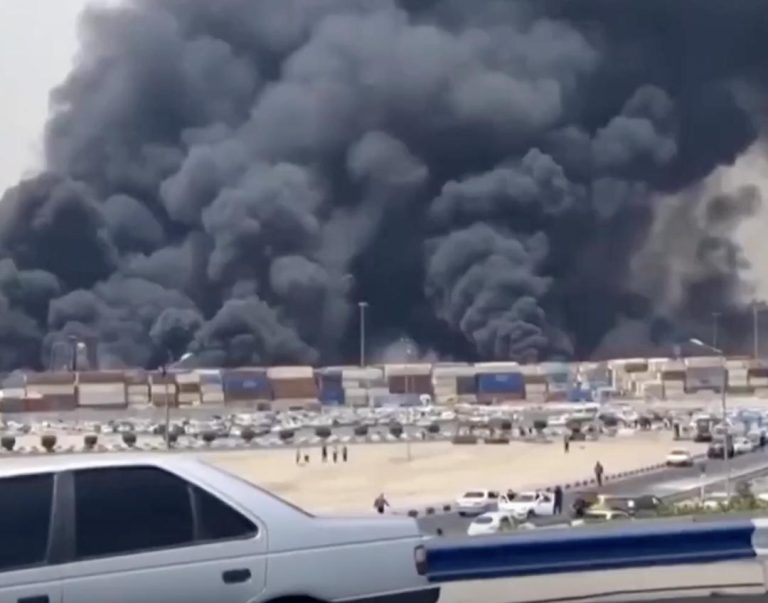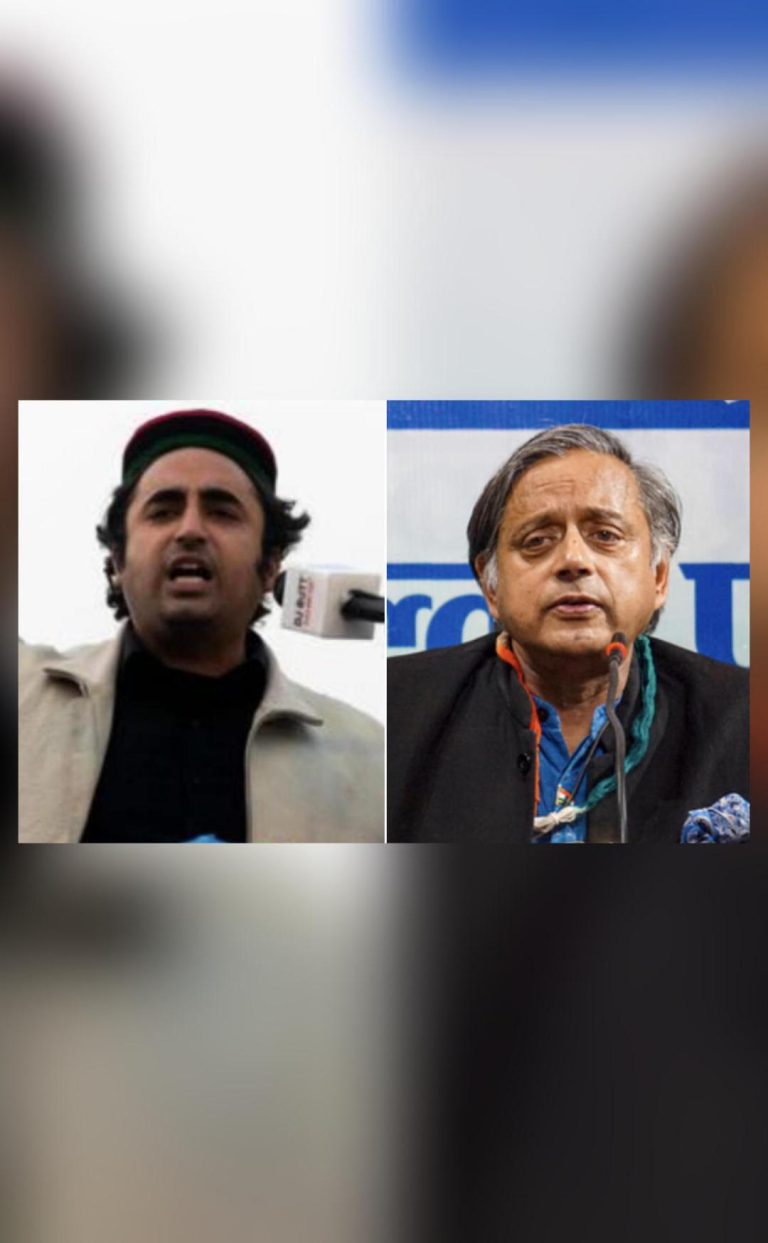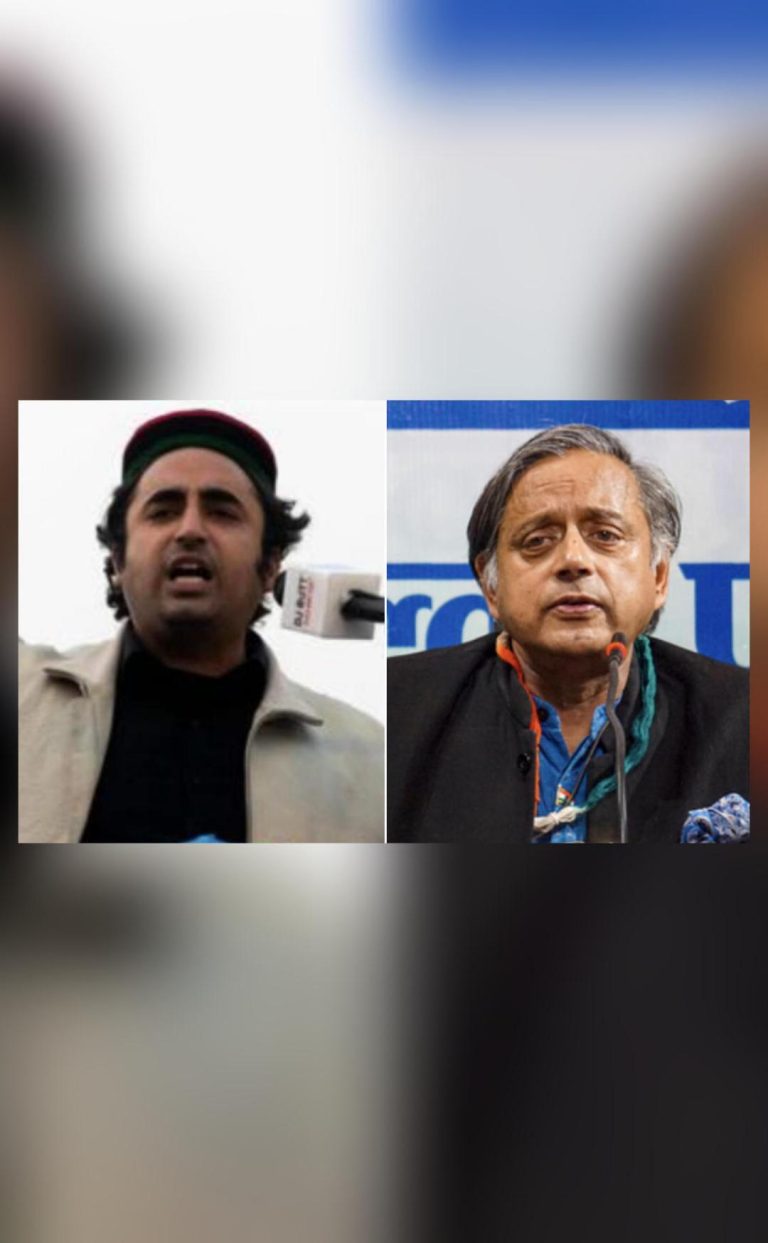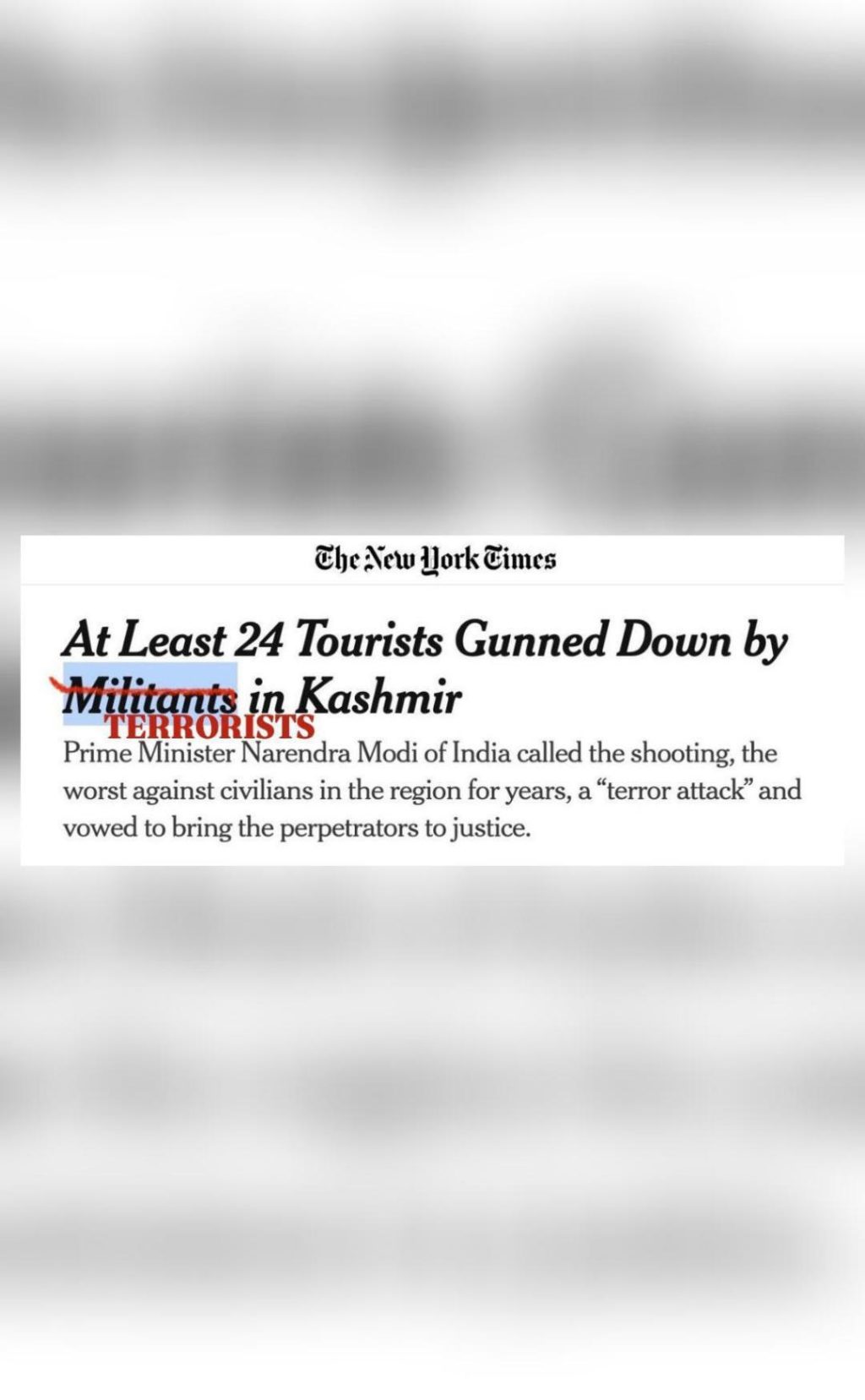
Hey NYT, fixed it for you: US committee after news portal calls J&K terrorists ‘militants’
In a recent development, the US House Committee on Foreign Affairs took to social media to express their disagreement with a New York Times article that referred to terrorists behind an attack in Jammu and Kashmir’s Pahalgam as “militants”. The committee shared a screenshot of the article on Twitter, captioning it “Hey NYT, we fixed it for you…This was a TERRORIST ATTACK plain and simple…Whether it’s India or Israel, when it comes to TERRORISM, NYT is removed from reality” (1).
The tweet gained significant attention, with many users sharing their opinions on the matter. The New York Times article in question mentioned that the attack in Pahalgam, which resulted in the killing of several Indian soldiers, was carried out by “militants”. However, the US House Committee on Foreign Affairs strongly disagreed with this terminology, labeling the attack as a “terrorist attack” instead.
The committee’s tweet highlights the sensitivities surrounding the use of language when referring to terrorist attacks, particularly in regions where political tensions run high. The term “militant” often has connotations of a legitimate armed resistance movement, whereas “terrorist” is a term that is universally recognized as a perpetrator of violence and harm.
It is worth noting that the New York Times has been criticized in the past for its coverage of terrorism and its use of language when referring to terrorist attacks. Some have accused the newspaper of downplaying the severity of terrorist attacks or using language that is sympathetic to the perpetrators (2).
The US House Committee on Foreign Affairs’ tweet has sparked a heated debate on social media, with many users weighing in on the matter. Some have defended the New York Times’ use of the term “militant”, arguing that it is a more nuanced term that acknowledges the complexity of the situation in Jammu and Kashmir. Others have sided with the committee, arguing that the use of the term “militant” is a euphemism for terrorism.
The debate highlights the challenges of reporting on terrorism and the importance of using clear and accurate language when describing such events. It also underscores the sensitivity of the issue in regions like Jammu and Kashmir, where political tensions are high and the use of language can have significant implications.
In conclusion, the US House Committee on Foreign Affairs’ tweet serves as a reminder of the importance of using accurate and clear language when reporting on terrorism. The committee’s disagreement with the New York Times’ use of the term “militant” highlights the sensitivities surrounding the use of language in this context. As we continue to grapple with the complexities of terrorism and political tensions in regions like Jammu and Kashmir, it is essential that we prioritize the use of clear and accurate language in our reporting.
References:
(1) https://x.com/HouseForeignGOP/status/1914843415793095043
(2) https://www.theatlantic.com/ideas/archive/2020/06/new-york-times-terrorism-language/613355/
Note: The news source is provided at the bottom as https://x.com/HouseForeignGOP/status/1914843415793095043
